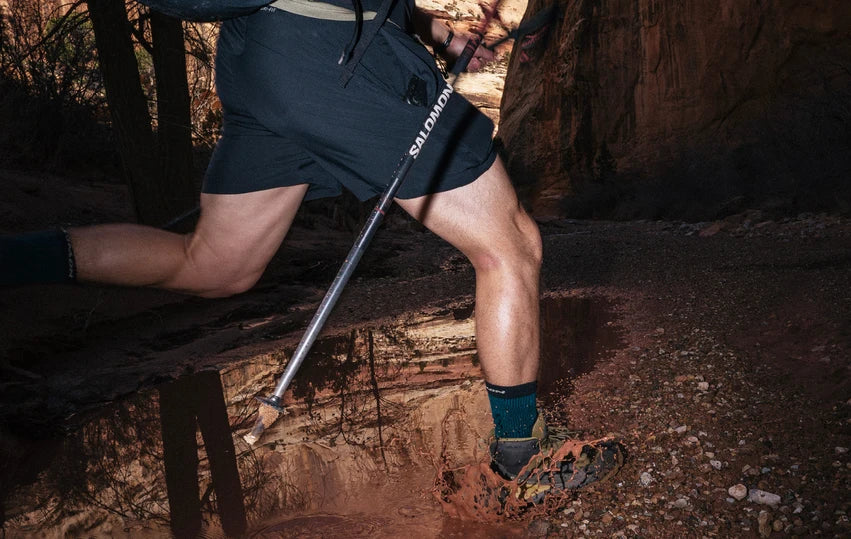
Selecting the Ideal Hiking Boots
Vanda NagyWhether you're seeking your first pair of hiking boots or replacing a worn-out pair, the right choice can enhance your hiking experience. The correct boots can prevent sore feet and blisters, allowing you to fully enjoy your surroundings.
Determining Your Hiking Needs Before choosing your hiking boots, consider:
- The type of terrain you'll hike on.
- The weight of your backpack.
- The duration and pace of your hike.
Types of Hiking Terrain and Corresponding Footwear Hiking terrains vary, and so should your footwear:
- Easy Trails: Found in valleys, prairies, or open spaces. These stable, even paths may have slight hills. For these trails, flexible and light shoes with adequate cushioning are ideal.
- Uneven Trails: In mountainous or undulating landscapes, you'll encounter rocks, roots, and mud. Stiff outsoles, higher cut shoes for ankle protection, and durable reinforcements are recommended for stability.
- Off-Trail: Unmarked and often unstable terrains with obstacles require concentration and agility. Sturdy shoes with protective features are necessary.
Water resistance depends on the weather. While Gore Tex offers protection, it may reduce breathability. Leather shoes can be a breathable alternative.
Explore our collections:
Considering Backpack Weight The weight of your backpack influences your shoe choice. Lighter packs allow for more flexible shoes, while heavier packs necessitate sturdier, high-cut shoes for stability, especially on technical terrains.
Browse our backpack selections:
Length and Pace of Your Hike The length and pace of your hike, and how remote it is, will affect your backpack weight and consequently, your shoe choice. Consider whether your hike is short or long to determine if you need light, flexible shoes or ones offering stability and support.
Assessing Your Hiking Level Reflect honestly on your hiking frequency, experience, and usual terrains to determine if you need shoes with good ankle support or lighter shoes for more flexibility.
Evaluating Your Physical Condition Assess your fitness level and hiking experience objectively. Choose shoes that complement your physical condition and hiking style, whether you're a novice or an experienced hiker.
Key Features of Hiking Shoes When choosing hiking boots, consider:
- Stiffness: Rigid shoes offer stability on technical terrains.
- Flexibility: Flexible shoes suit natural foot movements.
- Cut: high-cut for ankle support, low-cut for freedom, and mid-cut as an intermediate option.
- Added Protection vs. Lightweight: reinforced shoes for rugged paths, lighter shoes for reduced fatigue.
Men's and Women's Hiking Shoe Collections
Trying On Hiking Boots Ensure a proper fit by trying on boots with hiking socks. Look for a comfortable fit without pressure points, easy lace adjustment, and enough room for your toes.
Choosing the Right Shoe Size Try on boots in the evening with your usual hiking socks, as feet tend to swell. If in doubt, opt for the larger size, as feet swell during hiking. An insole can adjust a slightly larger shoe.
Remember, your fitness level and hiking needs may change, so regularly reassess your requirements to keep your gear, starting with your shoes, up to date.
Explore our comprehensive guides and stories on hiking for more insights.





